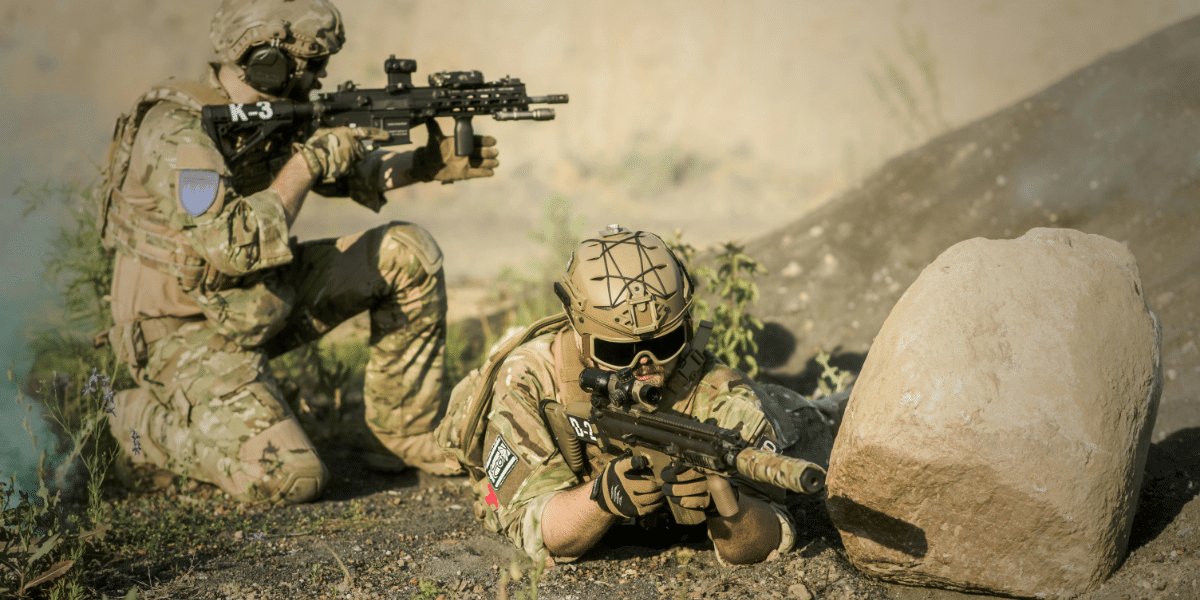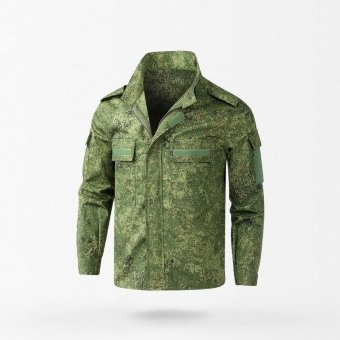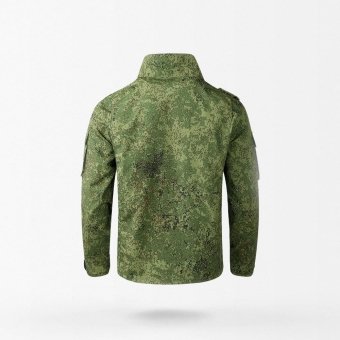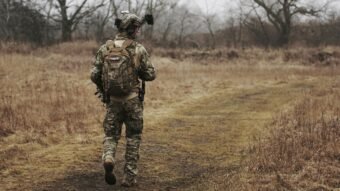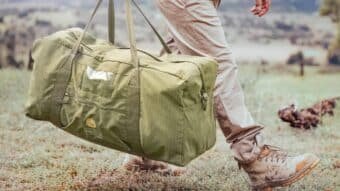Are you thinking about choosing a camouflage? Do you want to know if it is really worth wearing camo clothing for your outdoor activities or are you asking yourself this question out of simple curiosity?
It is not uncommon to see hunters and even professional soldiers wearing camouflage that is not adapted to their environment. Because of a bad choice, they are even more visible and therefore less efficient during their missions.
Today we will discover together:
- How does camouflage work?
- What is effective camouflage?
- On the basis of which criteria to choose a suitable camouflage?
Camouflage really works, it is one of the most basic parameters to take into account for a successful hunt. It is notably thanks to the use of camouflage adapted to their environment that many animal species and humans can ensure their survival.
Let’s take a look now at the elements that allow us to understand what a good natural camouflage is.
What is a natural camouflage?

Let’s get to the heart of the matter without further ado: a natural camouflage is a set of colors adapted for the environment in which a living being lives. For that, 2 parameters are to be taken into account:
- Hide the forms
- Use the same colors as your environment
It is not more complicated than that. Here are very concrete examples:
You now have the basics about natural camouflage. It is essential to master this subject in order to better understand how it works in the eyes of animals and humans. If you need to remember just one word, we will choose here “Disruptive“: how to break forms to make an object, an animal or a human invisible to the eyes of others.
Now let’s see together how this helps animals.
How camouflage helps animals?
Animals do not have the means that humans have created for the survival of their species. They are constantly in danger of death due to the laws of nature. You have probably already heard about the food chain:
In order to protect themselves or on the contrary to better attack, camouflage is an excellent tool (which is moreover natural). This can help animals to hunt for food or to protect themselves from predators so as not to be used for dinner.
Understand why man has adapted the use of this technique to his needs! Directly linked to the survival of many animals, camouflage is an art. We will now return to our business and see how we humans make camouflage.

How is camouflage made?
Making a camouflage is a long and tedious process. To understand how camouflage is made, let’s start at the beginning:
- A pattern is needed. The pattern is the set of shapes used.
- Then a color spectrum is needed to fill the patterns with the right colors for the terrain on which the camouflage will be used. This is done today with the help of special software capable of analyzing color spectra with the help of photos. In the past, this step was done with the naked eye, but the margin of error was much greater than with modern software specially dedicated to this task.
- Once these 2 parameters are set, you have to choose a fabric! It will only depend on the final use of the camouflage: rather for snipers, infantry soldiers or hunters?
Let’s now look at the different types of camouflage that can be used.
What are the different types of camouflage?
We have identified 6 main types of camouflage divided into 2 sub-categories:
A/ Patterns:
- Pixelized camouflages: they are particularly disruptive and can disturb the detection of the wearer until it is completely invisible. As long as it is worn where it is needed!
- Camouflages imitating natural shapes: they are based on shapes that can be seen with the naked eye, and are the most common types of camouflage.

B/ The colors:
- Desert camo: more yellow tinged, the colors of desert camouflage are warm.
- Snow camo: whose only watchword is white! Often tinged with gray and sometimes even a little black, they are reserved for arctic areas or for winter.
- The “vegetation” camouflages.: this category is the widest and includes a very large number of colors. One could even divide it by each type of environment existing in the world, wherever there is vegetation.
- Night and urban camo: often with gray to very black hues, these camouflages are usually intended for urban use.
We now know much more about the different types of camouflage. Let’s then see how many colors they are composed of.
How many colors have camouflage?
Let’s observe several camouflages together. It is important to note that the first camouflages were very basic. With the evolution of techniques for measuring color spectra, the creation of camouflages has been totally disrupted.
So today modern camouflages are mainly composed of 4 to 5 colors. Let’s see several Russian camouflages to illustrate this example:

As you can see, the colors used have become extremely accurate over time. And if the subject was developed so much it is not for nothing: let’s see who can use camouflage and for what reasons.
Who wears camouflage?
You might also ask yourself this question: but why use camouflage? We are not animals!
To this, a phylosophical answer is necessary: we humans also have vital needs just like animals, and therefore, we also have some of the most basic instincts.
And it is strongly recommended to maintain them to stay in shape, in good health, and to be ready to defend yourself or to attack if necessary.
Back to the point: who needs to wear camouflage even today?
Here is the answer: everyone who hunts or can be hunted may need a great camo.
And that includes:
- Fishermen and hunters themselves
- Soldiers serving their country’s interests on the ground
- Hiking or bushcraft enthusiasts who may be taken to task by animals (who keep their territory or expand it)

Having said that, let’s see now why the issue of camouflage is so important to the military.
Why camouflage is important in military?
Camouflage is an indirect means of protecting troops on the ground. Thanks to its use, it is much less risky to advance in dangerous areas than with ordinary clothing. There are no public statistics on this subject, but at Kula Tactical we have the strong convinction that good camo can save lives. An attacker is forced to reveal himself and abandon his camouflage to play it straight. With the exception of snipers; those snipers who can stay for long hours on duty and make their long distance shots resonate without being spotted… If only they have good camouflage, a good shooting position and of course good shooting skills.
We will therefore conclude on this point: camouflage is so important for the military because it is one of the reasons that allows many soldiers to return home alive.

What is the best camouflage color?
It is not uncommon to come across soldiers dressed in green camouflage in a deserted environment and vice versa. You can well imagine that it is not by choice but by obligation that they wear their uniform!
Indeed it is essential to know the environment in which you want to work in order to choose the camouflage with the most adapted colors. You wouldn’t want to wear a complete outfit to be more easily spotted.
Like a lizard chasing its prey, you must be able to stay in a fixed position and not be spotted up to a distance of 5 meters in the ideal.
Now that you have mastered the subject, you can more easily choose among our camouflage clothes what will suit you best: Russia being the largest country in the world, we have a very wide choice that will suit you perfectly. Whether it is desert camouflage for arid or desert areas, winter camouflage for snowy areas or simply greener camouflage for wooded areas, you will find what suits you best at Kula tactical.
Do not hesitate to indicate your suggestions in the comments, they are there for that!

More intels about our Military Uniforms
Discover our most rugged Military Uniforms ! Tactical, durable, and ready for any mission.

